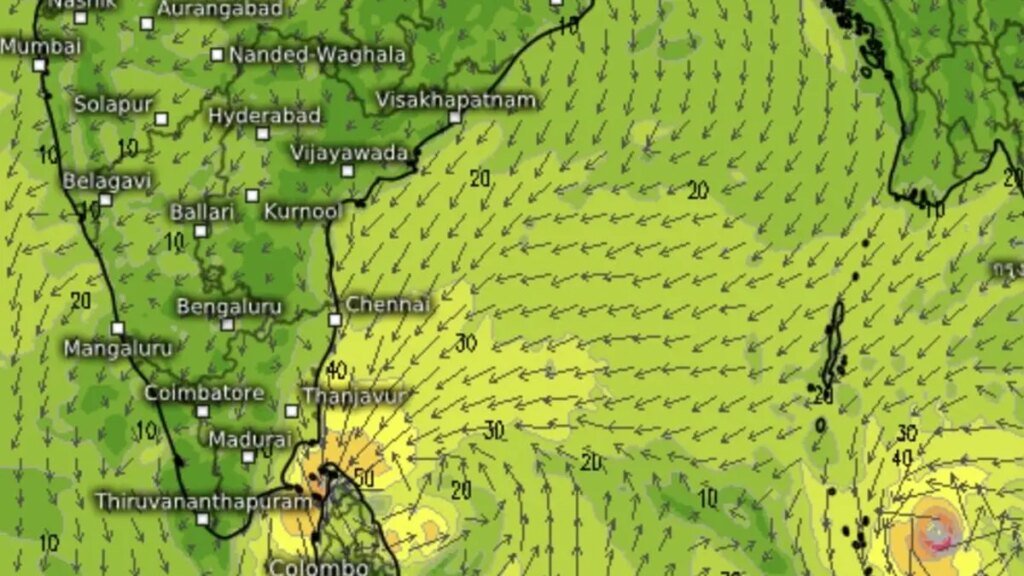Bhumi Pednekar stuns in yellow saree at event: See pics of one of her most dramatic yet sublime looks yet
Actor Bhumi Pednekar recently made a striking appearance as she stepped onto the red carpet of Global Peace Honours 2025 in a dazzling yellow saree from Ekaya Banaras, mixing traditional Indian culture with modern grace. Bhumi dazzled at the event in a yellow coloured Mashroo silk saree. She paired it with a mustard yellow handwoven blouse. Also read | Bhumi Pednekar turns up the wedding-season heat in a striking black-and-gold lehenga
Mix, match and fusion
Embellished with gold motifs and an embroidered border, the luxurious saree is priced at a whopping ₹62,975. The blouse that the actor adorned, costs ₹24,975, while the canary yellow silk shawl, with which she paired the outfit, is priced at ₹14,975.
The rich and vibrant yellow hues of Bhumi’s oufit complemented the red carpet, bringing in undertones of regality and quintessence to the prestigious event. While Bhumi’s outfit turned heads with its intricate work, her way of styling it effortlessly further elevated the look.
The actor draped the saree, pleating the palla on the front. She wrapped the shawl around her shoulder, drawing a fine balance between the timeless silk saree and the modern cut of the blouse. Stepping up the attire with a golden choker, studs, a tiny bindi and soft makeup, she added a final touch on the entire look by carrying an antique folding fan as an accessory.
Her hair was parted into a clean side, boosting the simple yet elegant look of her outfit, hinting that simplicity never goes out of style.
Choosing an outfit that stems from the traditional Indian handloom, Bhumi reminded fans that often the most unmatched forms of beauty, that can beat the western standards, lies within the depths of our own country.
The Mashroo fabric
According to a report by Khamir, Mashroo (or Mashru) textile was woven for Muslim communities, who believed that silk should not touch a person’s skin. Crafting a solution that enabled people to honor this belief while still appearing dressed in the finest clothing, weavers mixed silk and cotton threads to create a textile that was simple cotton on one side and rich silk on the other.
The meaning of Mashroo is “this is allowed.” Gujarat’s port town of Mandvi is at the center of Mashroo legacy in Kutch, historically creating luxurious bolts of the fabric that Muslims and Hindus enjoyed.
In the regions of Saurashtra and Kachchh , women stitch mashroo kanjari (backless blouses), skirts, and cholis. Mashroo helped weave communities together. The Ahir Patels (farmers) produced cotton, which was handspun and then given the the weavers. Rabari and Ahir women did embroidery and mirror work to create even more distinctive versions of mashroo.
Mashroo was a royal craft, produced in large quantities until the 1900’s for local elite and export markets. Till recently, the Maheshwari weavers practiced the craft.



